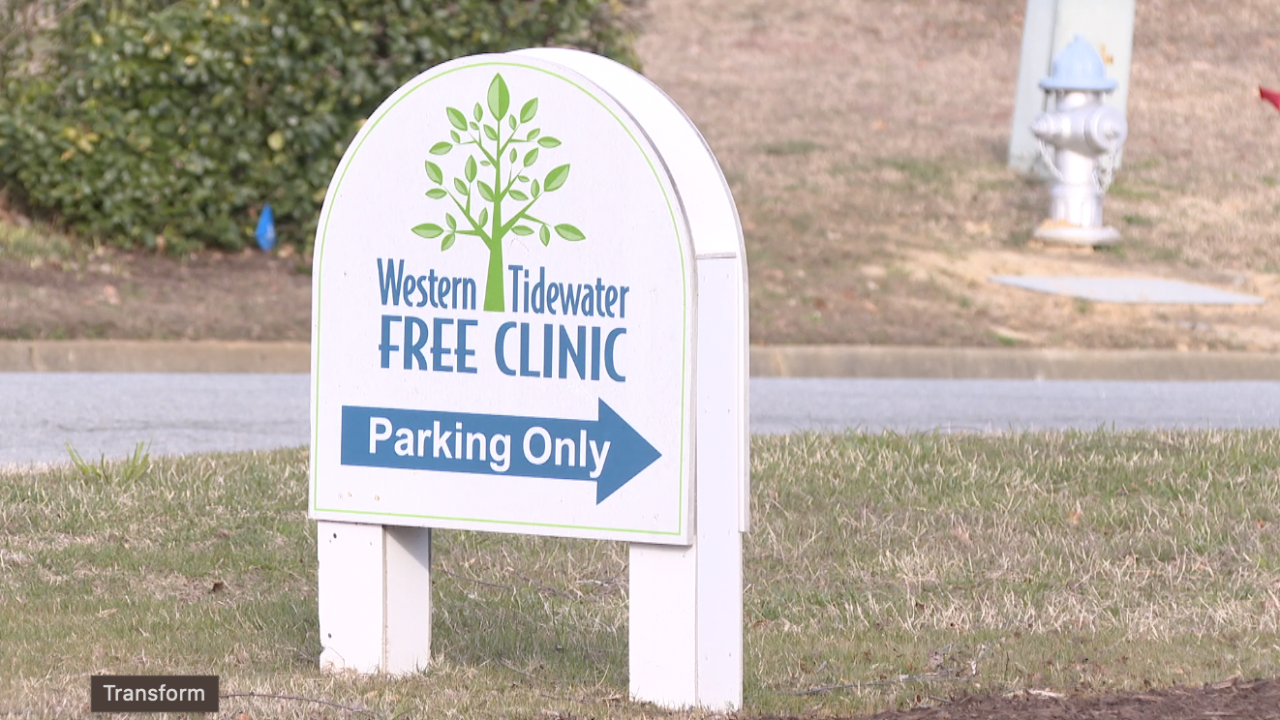CHESAPEAKE, Va. — Ehlers-Danlos Syndrome (EDS) is a connective tissue disorder that impacts about 1 out of every 300 people, according to the National Institute of Health.
“I’ve had four neck surgeries, two spinal cord surgeries and one brain surgery,” said Julie Rauch, who lives with EDS.
Rauch was diagnosed 10 years ago, but her symptoms started well before that.

We Follow Through
We Follow Through: Need for foster care families rises sharply post pandemic
“It got to the point in 2012, I was pretty much bed ridden 75% of the time,” said Rauch. “I saw dozens of doctors in the area and no one knew what was wrong, they said there’s definitely something wrong with you, I just don’t know what it is.”
Eventually Rauch went to the Cleveland Clinic where she was diagnosed with Hypermobile Ehlers-Danlos Sydrome. There are 14 types of EDS; 13 can be identified through genetic testing. Hypermobile EDS cannot.
It is also hereditary —all four of her kids have it.
“We’re talking about something that is extremely common, but it’s not well recognized in the medical community,” said Rauch.
She said symptoms can be hyperflexibility, loose, easily tearable skin and constant pain. The hallmark of the syndrome is defective collagen.

Suffolk
Free clinics see increased demand following Medicaid unwinding in Virginia
“As you stretch your tendons and ligaments they stay stretched out,” said Rauch.
She said what makes getting treatment difficult is having so many specialists involved.
"It affects your teeth and your gums, it affects your blood vessels, your stomach, your skin, your eyes, it affects every single body system,” said Rauch.
Rauch is now a patient's advocate of the syndrome, which she says she fights daily.
“It affects every single day, every minute of every day,” said Rauch. "It’s always in the back of your mind no matter what you’re doing."





